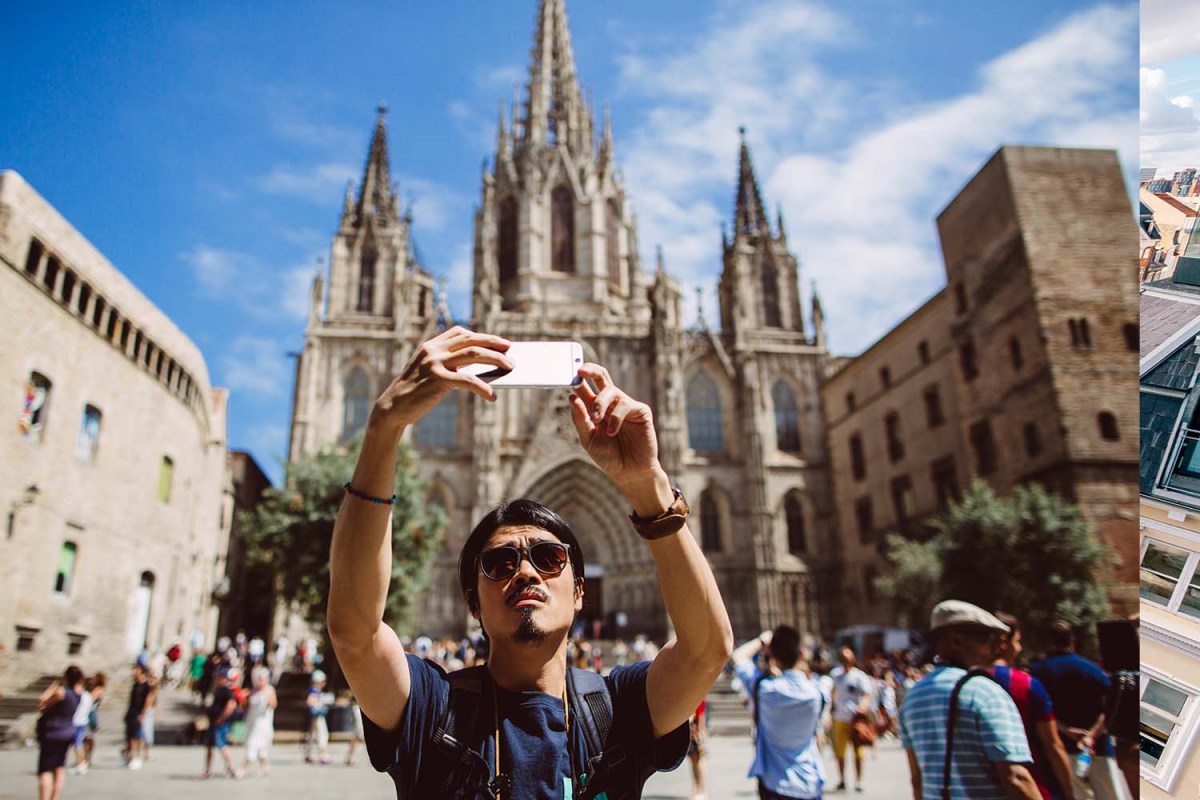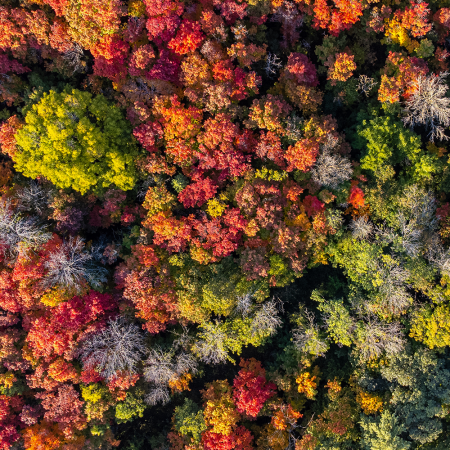Earlier this week, a video went viral of country singer Miranda Lambert chiding fans — a few women — at her show while on stage. The crime? They were taking a selfie during her set.
“These girls are worried about their selfie and not listening to the song. It’s pissing me off a little bit,” Lambert said, gesturing toward the accused. “I don’t like it, at all. We’re here to hear some country music tonight, I’m singing some country damn music.”
I watched the clip as it made the rounds on Twitter Sunday morning and thought to myself, “What an asshole.” These women, who were later identified as being a group of “grown women in [their] 30s to 60s,” likely paid an arm and a leg (because that’s what it costs to see any artist these days) and traveled to be this show…and Miranda Lambert (of whom they are very obviously fans) chastises them in front of thousands of people?! Corny behavior, frankly.
That said, later that same day, a spectator at the Tour de France attempted to take a selfie at Stage 15 that knocked the handlebars of rider Sepp Kuss and wound up causing a crash of 20 cyclists. There is no argument to be made for the selfie taker in this case, thus I will concede that he is unequivocally the asshole.
Both instances, however, call into question our relationship to the selfie — and our phones in general, I suppose — and how it impacts our environment writ large. There is no harm in snapping a photo to commemorate an occasion. But at what point does it become more about the photo than the occasion? This is especially prevalent, I’ve found, when talking about travel.
How Not to Be an “Ugly” Tourist, According to Wolters World
Host Mark Wolters shares tips, tricks and advice for anyone planning a trip during this tumultuous travel seasonIn the last few years, there have been several selfie-related incidents that have caused irreparable harm — to the camera-wielding tourist, as well as to the site they’re visiting. In a new report from Cultured Magazine, a few such incidents are highlighted: A time where, in 2017, a woman lost her balance at Los Angeles’s 14th Factory while trying to take a selfie, and damaged a display holding $200,000 worth of art; in 2022, when a tourist tripped at the Museo Reina Sofia in Madrid and tore straight through Alberto Sánchez’s set piece for La romería de los cornudos (The Pilgrimage of Cuckolds), 1933, while snapping a photo; in 2020, when a visitor to the Gipsoteca Museo in Northern Italy sat on an original 19th century plaster cast of an Antonio Canova sculpture for a selfie and squashed the appendages; and in Germany, when a U.S. exchange student got stuck inside a 32-ton, Veronese marble vagina sculpture while posing for a photo (he required reportedly required the assistance of 22 firefighters, five fire trucks and several paramedics to be freed).
It truly is, as the report notes, an epidemic…and it doesn’t even take into consideration the idiots who have gotten too close to a buffalo (or any other manner of wild animal), in a national park, for example, for a selfie, only to wind up gored. (Or, worse, the animal euthanized.)
But threat of damage and/or injury aside, it can also just be annoying. So much so, in fact, some places have even enacted certain laws to deter tourists from lingering long enough to get “the shot.” For its part, Portofino introduced legislation earlier this year to dissuade tourists lingering for selfies. Violators will be fined of up to €275 ($306) if they block traffic or pedestrians in two “red zones” of the bay. Some of the more sacred attractions — the Sistine Chapel, chief among them — have banned photography outright. Others, like Disney, have banned the selfie stick. Based on recent events, it’s hard to imagine a scenario where such customs didn’t become more widespread.
The problem is that everyone with a VSCO account and an iPhone 14 purports to be a professional photographer, when in reality — unless you really are a professional photographer — your photos are likely no better than the hundreds of other people crowding around hoping to snap an Instagram-worth photo of the same thing that’s been photographed a million times before. As American travel writer Rick Steves recently told Rebecca Jennings upon returning from a trip to Venice where he watched as couples on gondola rides spent their time exclusively staring at their surroundings via their screens: “[T]hey shoot everything vertical for Instagram. It makes no sense. Our eyes are designed to look at things horizontally.”
All of this to say: you can, and should, take the photo (and certainly at a Miranda Lambert concert). But then perhaps we, as a whole, agree to then put our phones away. Spend more time looking up than down, scrutinizing the result. And if that feels like a stretch, at the very least, we should strive to not damage any ancient art or derail the Tour de France.
Thanks for reading InsideHook. Sign up for our daily newsletter and be in the know.



















